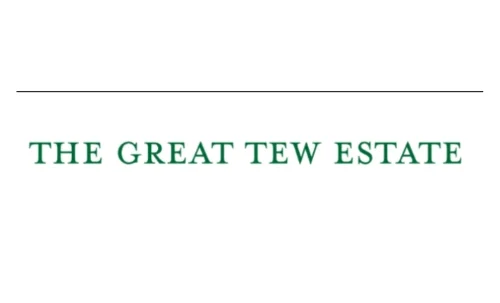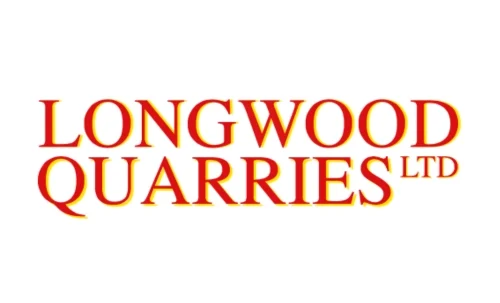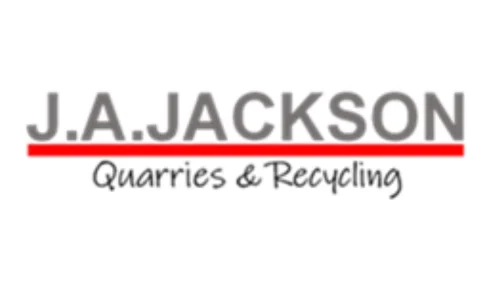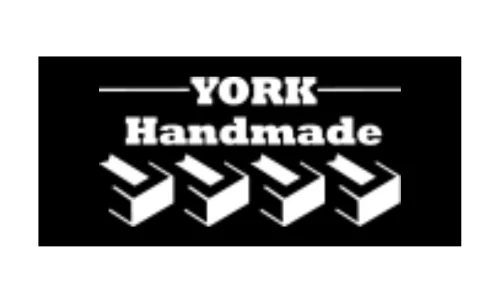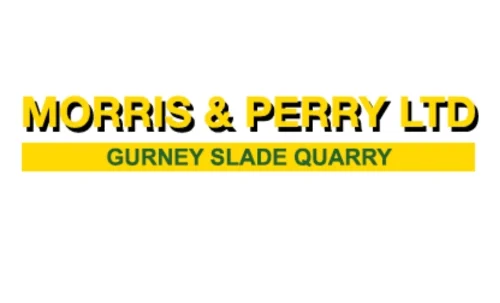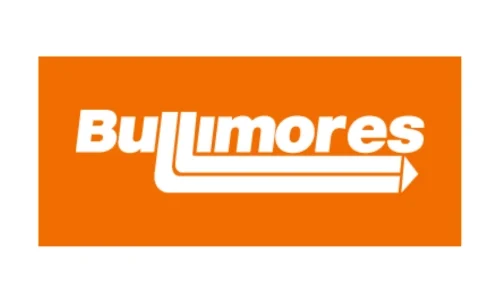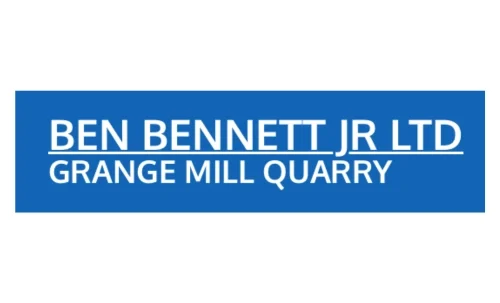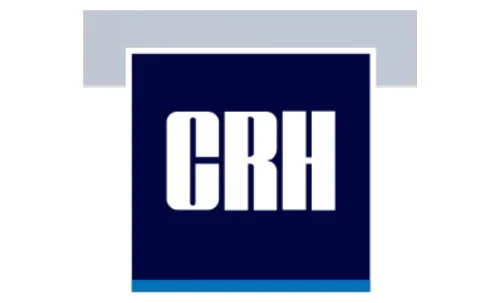“Focusing on critical areas of improvement within the sector enables us to engage with our clients to provide a full suite of professional services. Your first-line consultancy for operations, health and safety, management & efficiencies including bespoke training and mentoring of individuals at all levels.”
We Are Min-Train
Min-Train™ offer fully accredited, award-winning, innovative training and assessment solutions for the Mineral Processing and Mineral Extractives sector. Our range of QuarrySAFE© training has been developed using our unique, in-depth practical knowledge gained from over 75 years of combined experience.
The award-winning QuarrySAFE© content is available in multiple formats, from practical, classroom, webinar & e-learning, tailored to your requirements.
Our goal is to enhance the sector by concentrating on crucial areas of training and competence development, whilst raising operational standards across multiple business disciplines. If you’re interested in learning more about MinTrain™ or have any questions, please don’t hesitate to contact us. We’re here to assist you and explore any opportunities you would like to discuss.
Our range of award-winning QuarrySAFE© training and Assessments, along with the groundbreaking QSCA© (Quarry Safe Competence Assessment ), comes fully assured and accredited by EMPI Awards and are mapped to the relevant national occupational standards specific to each category.
Our training and assessments have been developed to internationally recognised Standards, providing our clients with the confidence that all of our content is to the highest industry standards. We pride ourselves on working closely with our client base to deliver nothing short of Competence Without Compromise.
What Is The QSCA
Raising the industry’s standard of assessing drivers and operators using site vehicles. The exclusive Min-Train™ QSCA© was developed to ensure that drivers and operators of site vehicle equipment were Assessed, Coached and Mentored to ensure competence. The Quarry Safe Competence Assessment is a comprehensive assessment based on the National Occupational Standards (NOS) comprising of an observation of skills, a multiple-choice test of knowledge, a consideration of training & experience and a discussion of other qualities. The QSCA© is designed to be a robust and rigorous assessment of competence. For each QSCA© category completed, employers receive a ‘Certificate of Competence”, and drivers/operators receive an ID/Operator card confirming assessment and competence, valid for three years.



